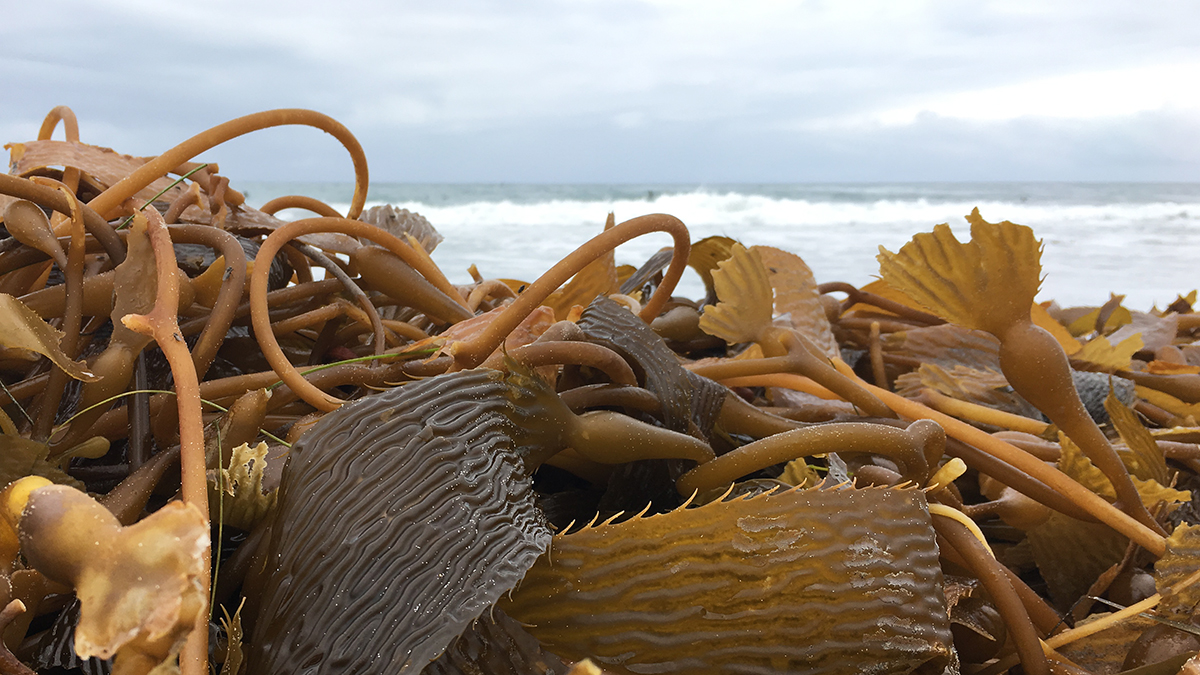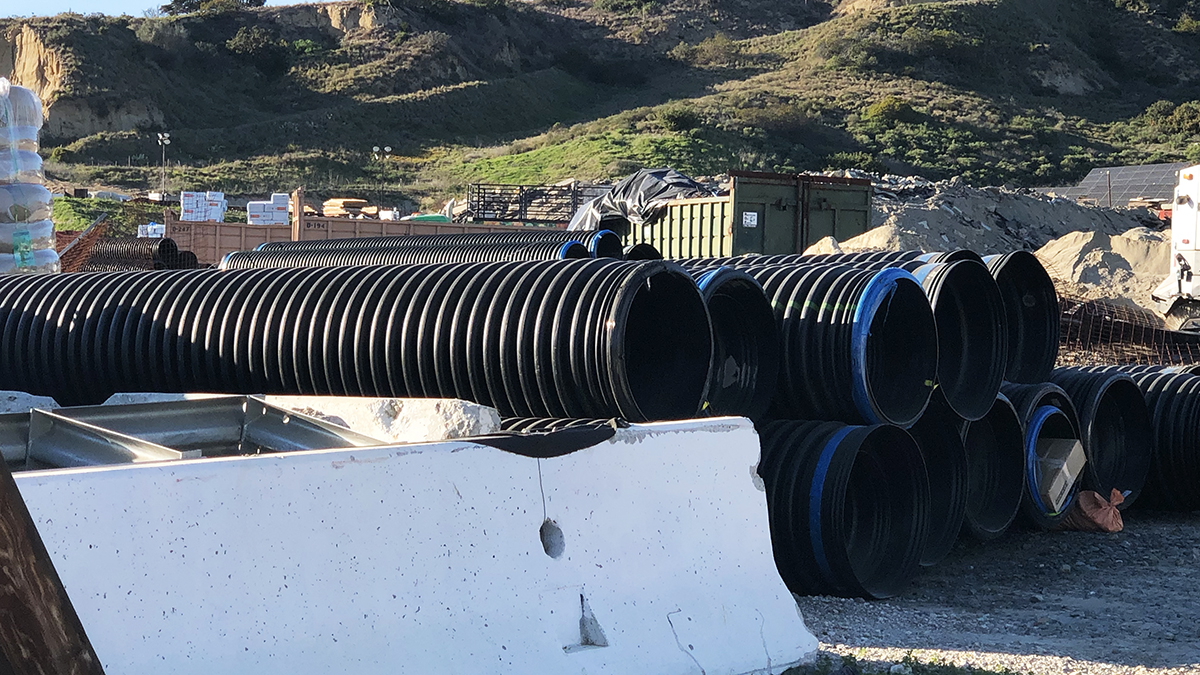Imagine you are swimming in the ocean and something soft touches your leg. Startled you take a look and realize it was just some seaweed… You guessed it, this week’s climate story is about seaweed.
Did you know last Thursday was Seaweed Day? Lloyd’s Register Foundation and the United Nations Global Compact launched a seaweed manifesto. During the launch, short, inspiring talks from companies, non-profits, research institutions and UN agencies highlighted how important seaweed is.
Besides being a sustainable option for food and feed, packaging and even biofuels, seaweed could also play an important role in capturing greenhouse gases. One of the speakers at Seaweed Day was Jorunn Skjermo, a scientist at SINTEF Ocean in Norway. During her talk she covered three ways in which seaweed is beneficial to the climate.
The first way is replacing fossil-based products like fuel or plastics with seaweed-based fuels and plastic. By replacing fossil-based products with sustainable alternatives, a lot of greenhouse gas emissions can be avoided.
Her second point is about food. We need protein in our diet and meat production has a big carbon footprint. Vegetarian options such a soy protein have a much lower carbon footprint. Seaweed has by far the lowest carbon footprint. It grows in the ocean without the need of deforestation, watering, or fertilizing. Besides being an extremely sustainable food option, this superfood is packed with protein, vitamins, minerals, and antioxidants.
The third way seaweed is beneficial to the climate is by removing greenhouse gases from the atmosphere. This is how it works:

On the left side you see how carbon dioxide gets absorbed by the ocean surface. In the water, seaweed transforms carbon dioxide into oxygen, just like land plants. On top of that, seaweed stores carbon dioxide in its biomass. Pictured on the right side is what happens when seaweed dies off. It sinks to the bottom of the ocean, where it stays for hundreds of years, storing the carbon dioxide.
During her talk Jorunn showed a map of Norway with a small rectangle off the coast. The size of that rectangle was a 20.000 square kilometer area. A seaweed farm that size could offset Norway’s yearly greenhouse gas emissions.
A restored ocean and seaweed farming forests should be considered carbon sinks to mitigate climate change
http://www.seaweedmanifesto.com/
How would that work in practice? I envision offshore seaweed farms that produce seaweed for food, feed, packaging or other uses. Seaweed forests clean the ocean and make the water less acidic. If a percentage of the seaweed is cut so it can sink, big amounts of carbon dioxide could be stored.
Seaweed day was packed with insightful talks, from selling seaweed snacks in Japan to blue bonds in Portugal. What I liked most about the seaweed manifesto is how teams from all over the world worked together. It lists milestones and success criteria for a successful seaweed industry. Let’s hope we can accelerate pilot projects and build more seaweed farms soon so we can restore ocean health and mitigate climate change.









